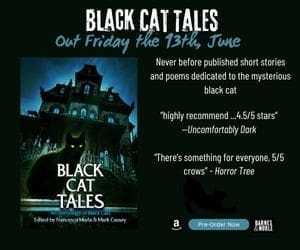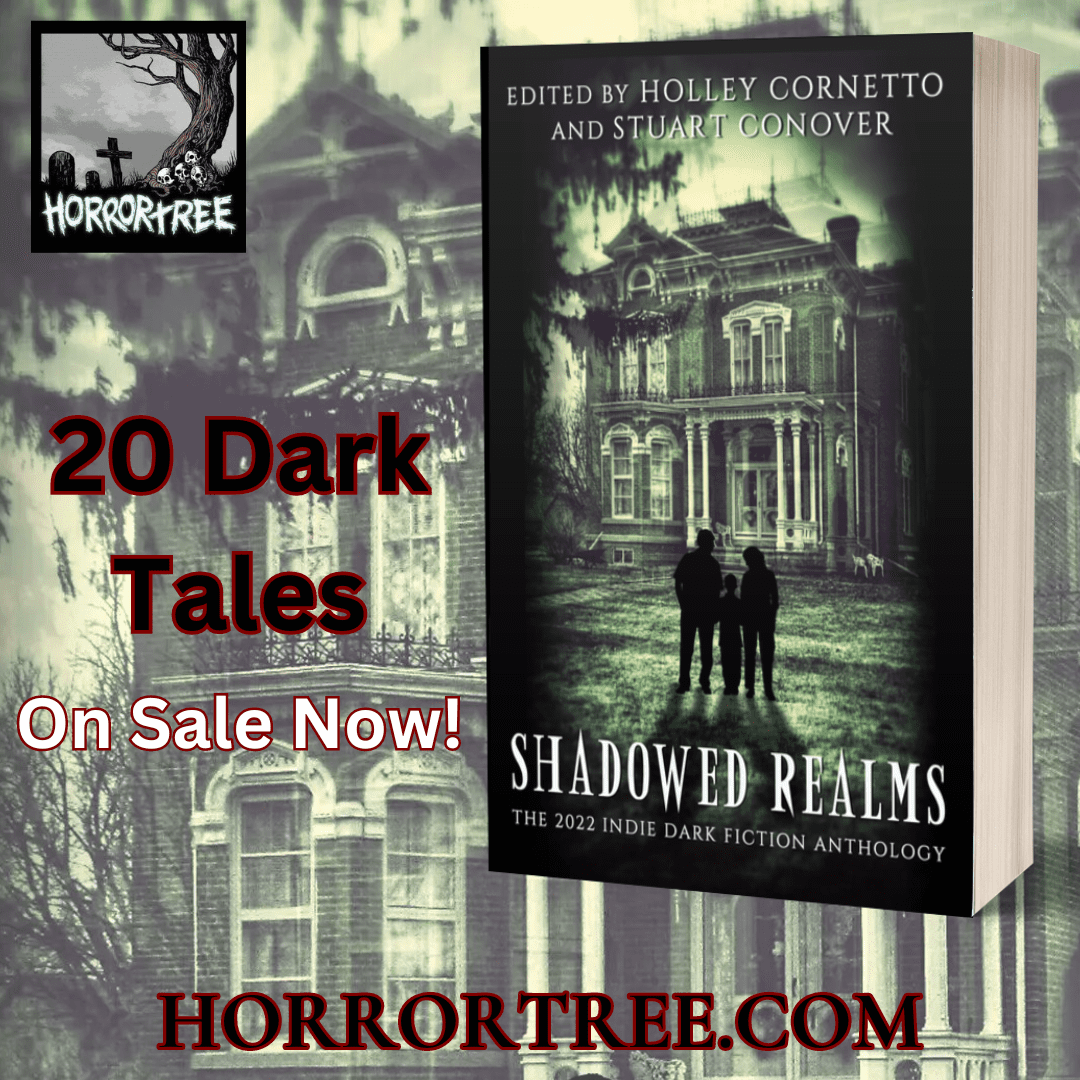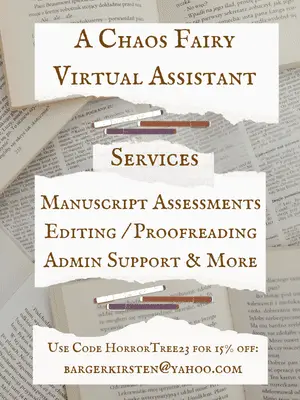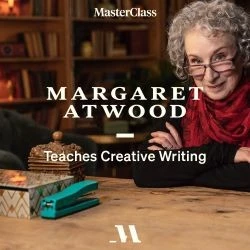It’s Normal to Embrace the Paranormal
It’s Normal to Embrace the Paranormal
By Bjorn Leesson
Humanity has been fascinated with the paranormal in one form or another since time immemorial. From the suppositions regarding the “Bermuda Triangle,” to the longing to peek behind the veil to see what’s on the “other side,” we have always wanted to know the “unknowable.” From the interpreted meanings of a cave drawing produced by our prehistoric ancestors to a book in its first draft completed this morning. It fascinates us all on some level.
The interest in the paranormal over the ages has influenced all manners of disciplines from psychology to history, and of course, storytelling and writing. The largest impact on writing is naturally an entire very popular and large genre of paranormal literature. Ghost stories, curses, supernatural creatures, sorcery, and so on – millions of books and many more millions of loyal fans.
With the paranormal-focused works being obvious, the element of the paranormal in literature serves so much more additional purpose. It is a fantastic component to “season” stories of other genres from psychological thrillers to alternative history.
Let’s take the disappearance of the crew aboard the Mary Celeste in 1872. Historical fact tells us that the ship was found adrift with meal place settings intact, clothes and cargo neatly stowed away, and no signs of struggles to be found, but every human on board was gone without a trace. Just gone. When the human mind goes to work to unravel this mystery, some go to mundane explanations such as they all inexplicably abandoned ship due to some unknown cause, or perhaps pirates managed to capture every soul without a struggle. However, these explanations are even more unbelievable than paranormal causes, perhaps even being simply implausible themselves. The rest of us will naturally go to the paranormal for explanations. Closing gaps in facts with the paranormal is very human indeed, and especially so in storytelling.
 In my own historical fiction series, “Outside the Thalsparr,” I use paranormal elements often to spice up the storyline and make characters more interesting. The most obvious example from my series is the protagonist, Myrgjol the Dokkrsdottir, and her wild destiny to spearhead the worldly effort to thwart the evil on the other side of the veil, the Dark, from overwhelming the living world.
In my own historical fiction series, “Outside the Thalsparr,” I use paranormal elements often to spice up the storyline and make characters more interesting. The most obvious example from my series is the protagonist, Myrgjol the Dokkrsdottir, and her wild destiny to spearhead the worldly effort to thwart the evil on the other side of the veil, the Dark, from overwhelming the living world.
Her ultimate mission of saving the world, of course, is in and of itself paranormal, but the story is more focused on Myrgjol herself, her allies, and the very regular world in varying timeframes that they exist in. The reader follows Myrgjol through her life/lives as she laughs, cries, battles, forms relationships, has children, and tries to follow omens and visions that she is very skeptical of. Myrgjol is at the front and center of the story, but in addition to the supernatural nature of her destiny, she herself has supernatural powers of her own. These powers are not ultimate, and they do not appear in the story constantly, but they are there when called upon. I wanted the seasoning to be just enough to give the story and Myrgjol a mysterious and otherworldly flavor, but the meat of the story is historical fiction with the goal of giving the reader a tale that they can imagine actually happening in their mind’s eye.
Myrgjol is not the only character in the series that is peppered with paranormal qualities. Her greatest friend and ally, Ingrid Stone-Splitter, also has a very mysterious side. She has the gift of foresight, as has many of her ancestors before her, and she makes use of them to help Myrgjol achieve her goals. Even when she is separated from her friend by vast spaces and times, Ingrid still makes use of her subtle gifts to complete her own destiny, simultaneously separated and combined with Myrgjol’s.
There are a few more; Maeve “the Black Irish” Lynch from “Rune of Destiny,” the upcoming Josephine in “Runes of Spirits” and “Rune of Building,” as well as Alex Hustergrodden in “Rune of the Song.” All these ladies have unmistakable paranormal qualities, but they are only a handful of the vast cast of the “Outside the Thalsparr” series. There are many dozens of compelling and interesting but “normal” characters that all fit together in the epic tale. Just enough paranormal seasoning to bring out that air of mystery.
Lastly, giving in to our natural paranormal tendencies is still met with ridicule, even today when it is more acceptable than in the past. There is no better place to explore the “unknowable” than in the literary world. We all want to know the unknowable, after all, and until it is known all you storytellers out there, indulge yourself and continue to spice up that story with the paranormal.













